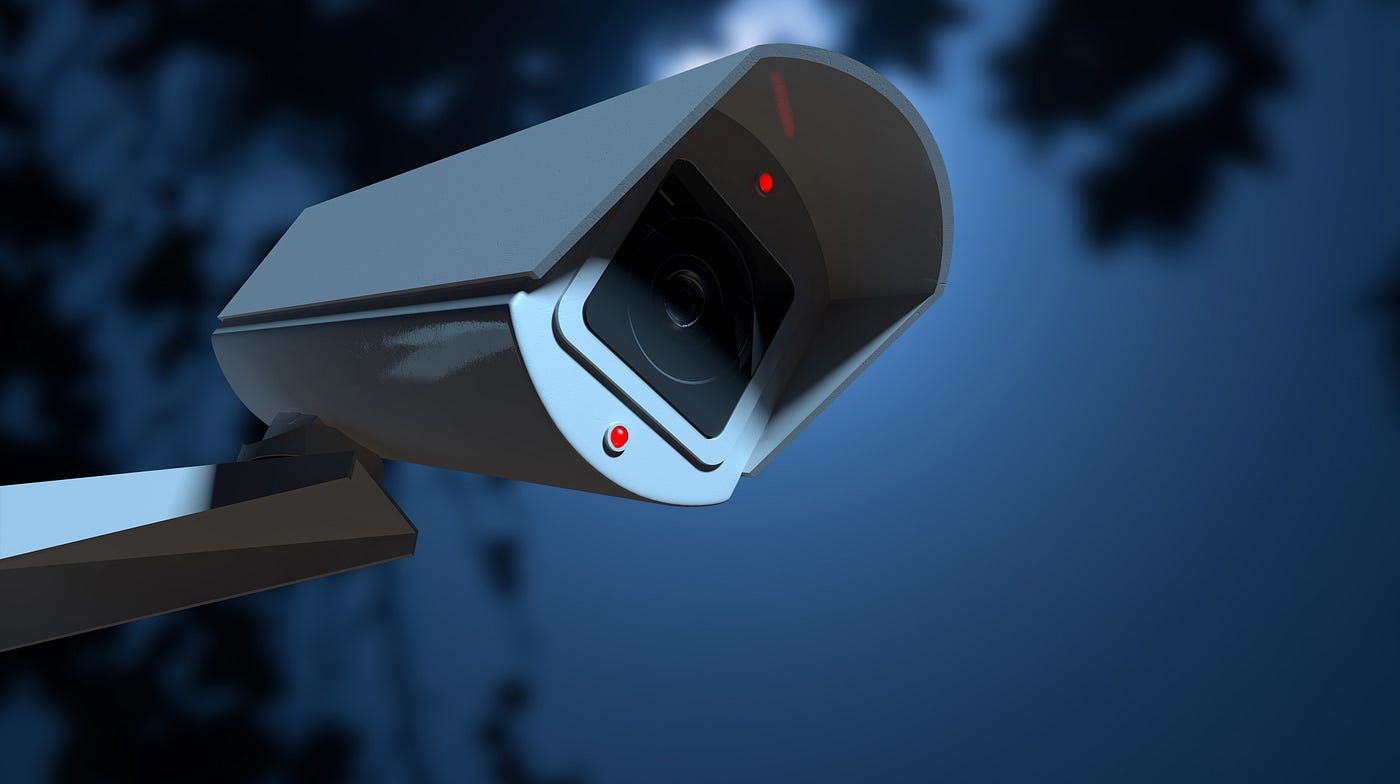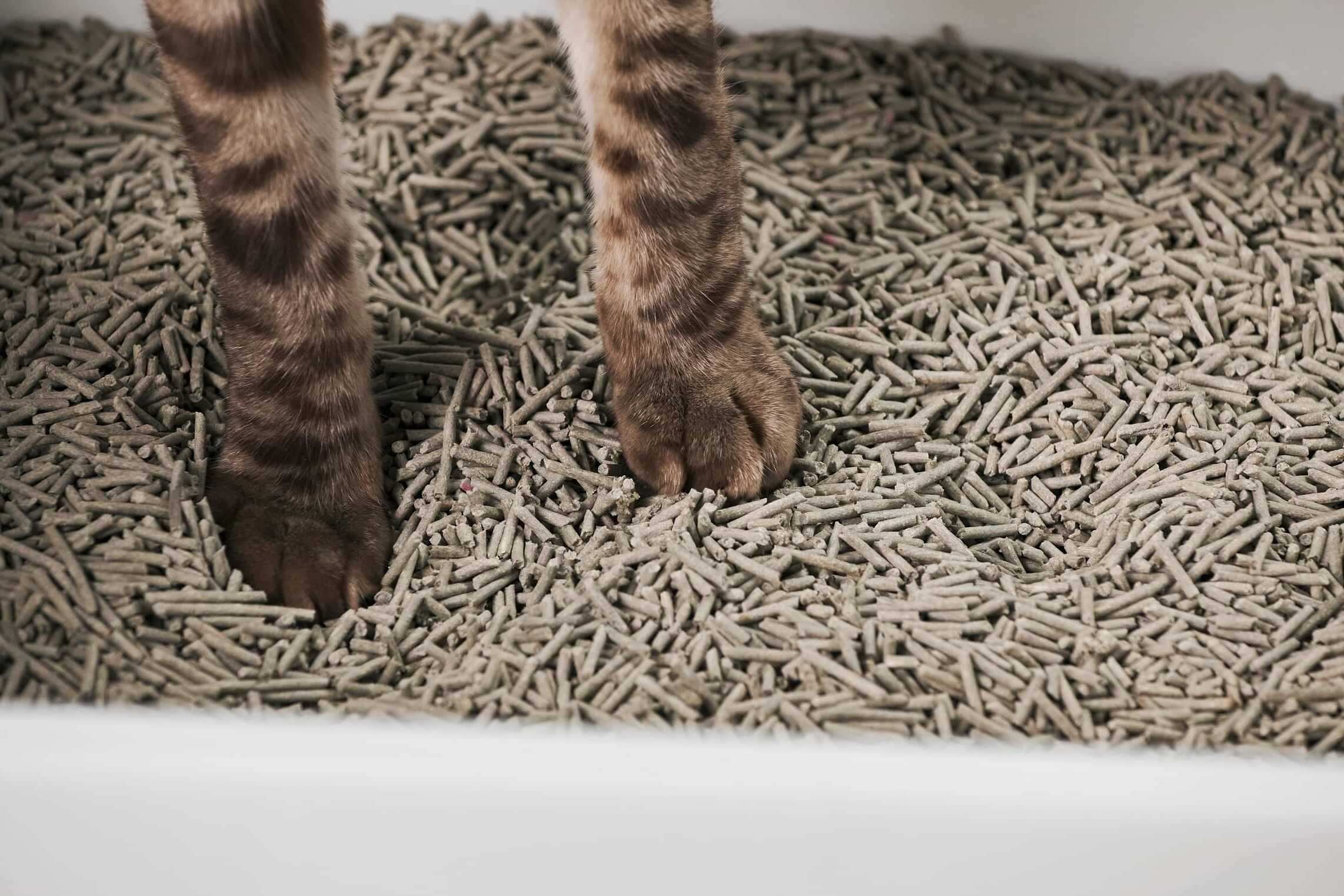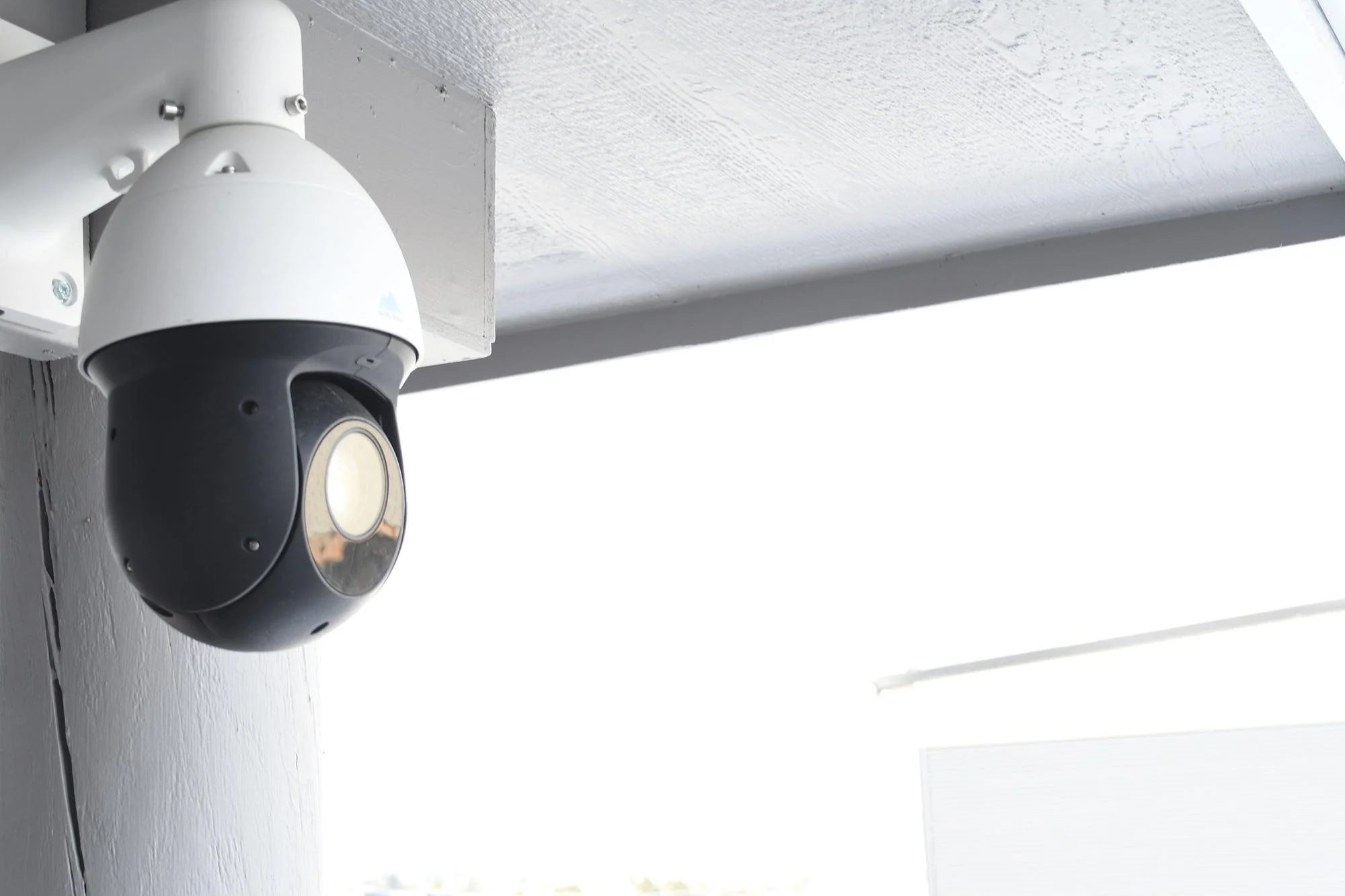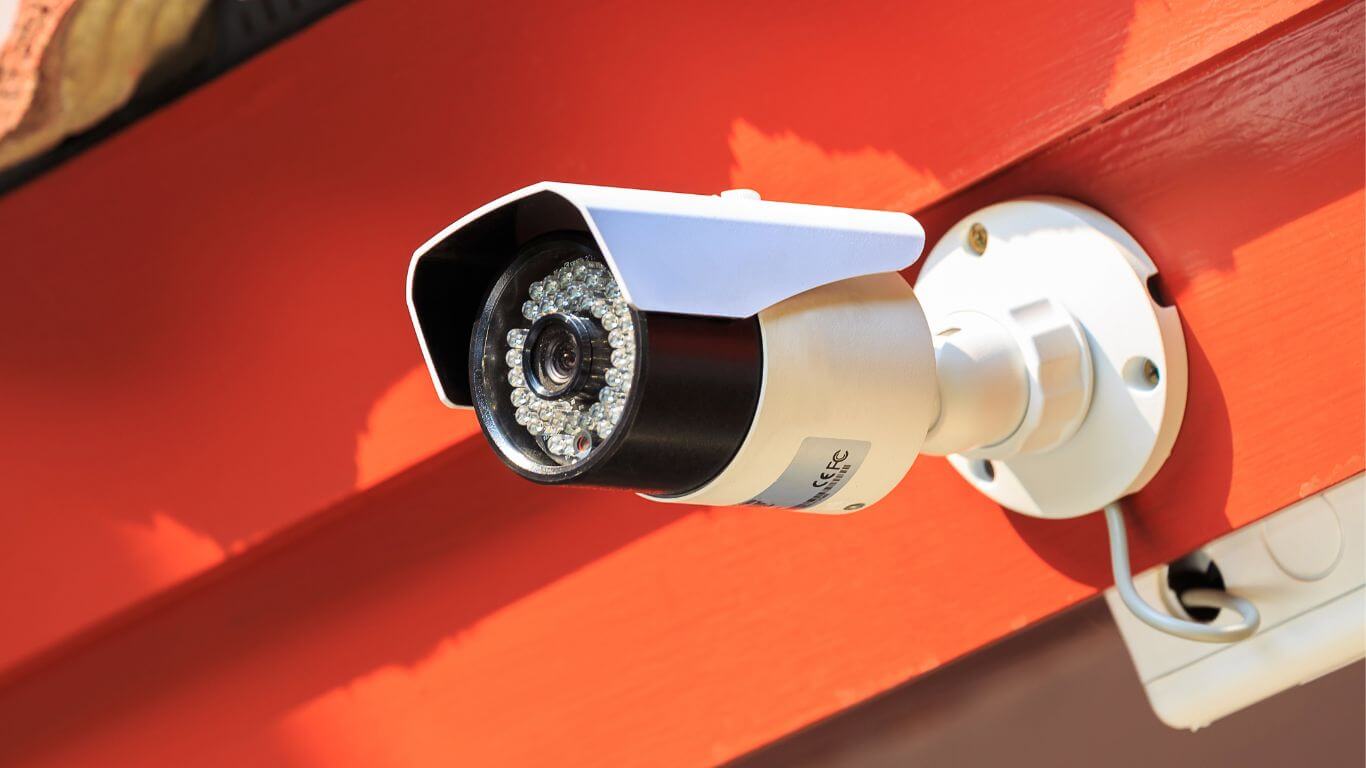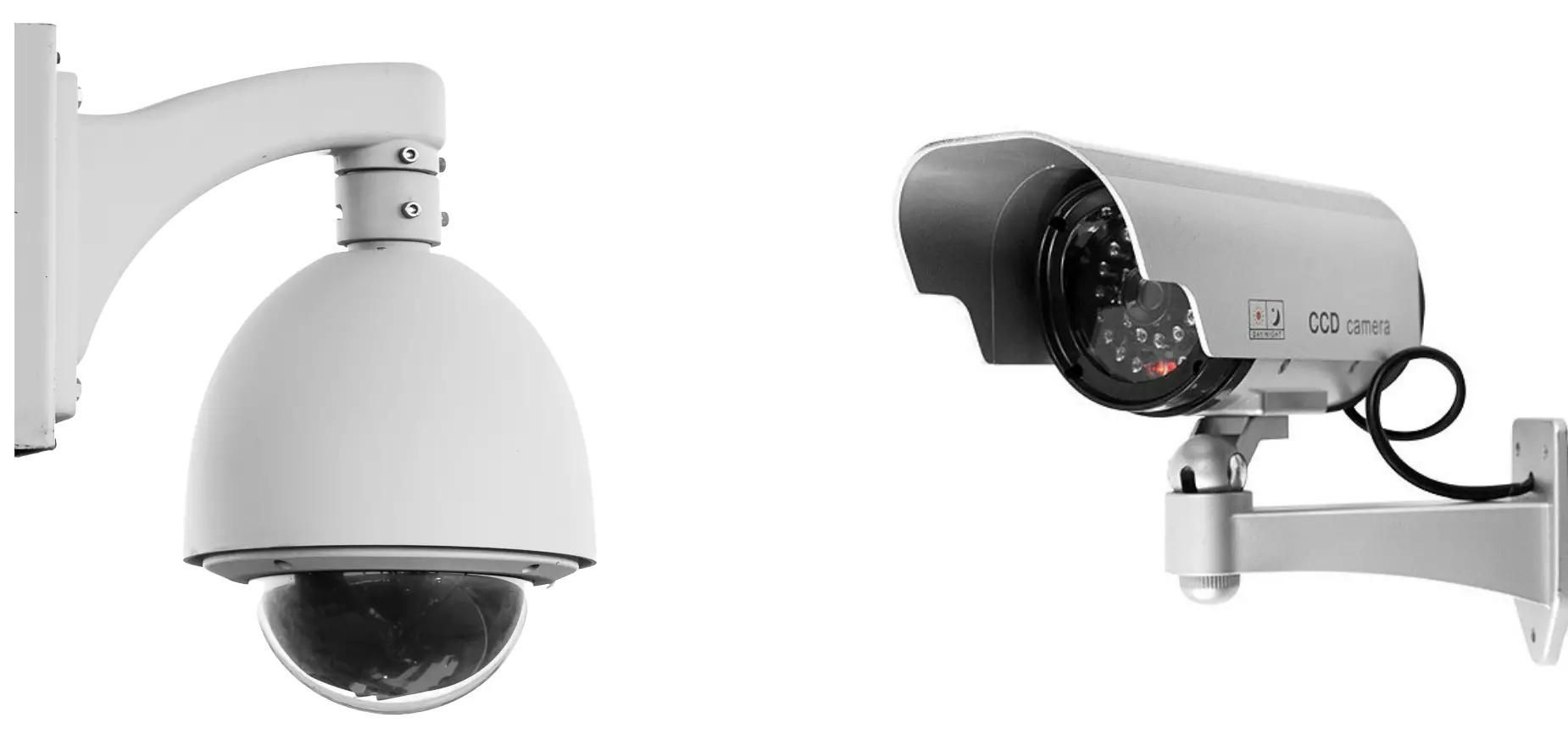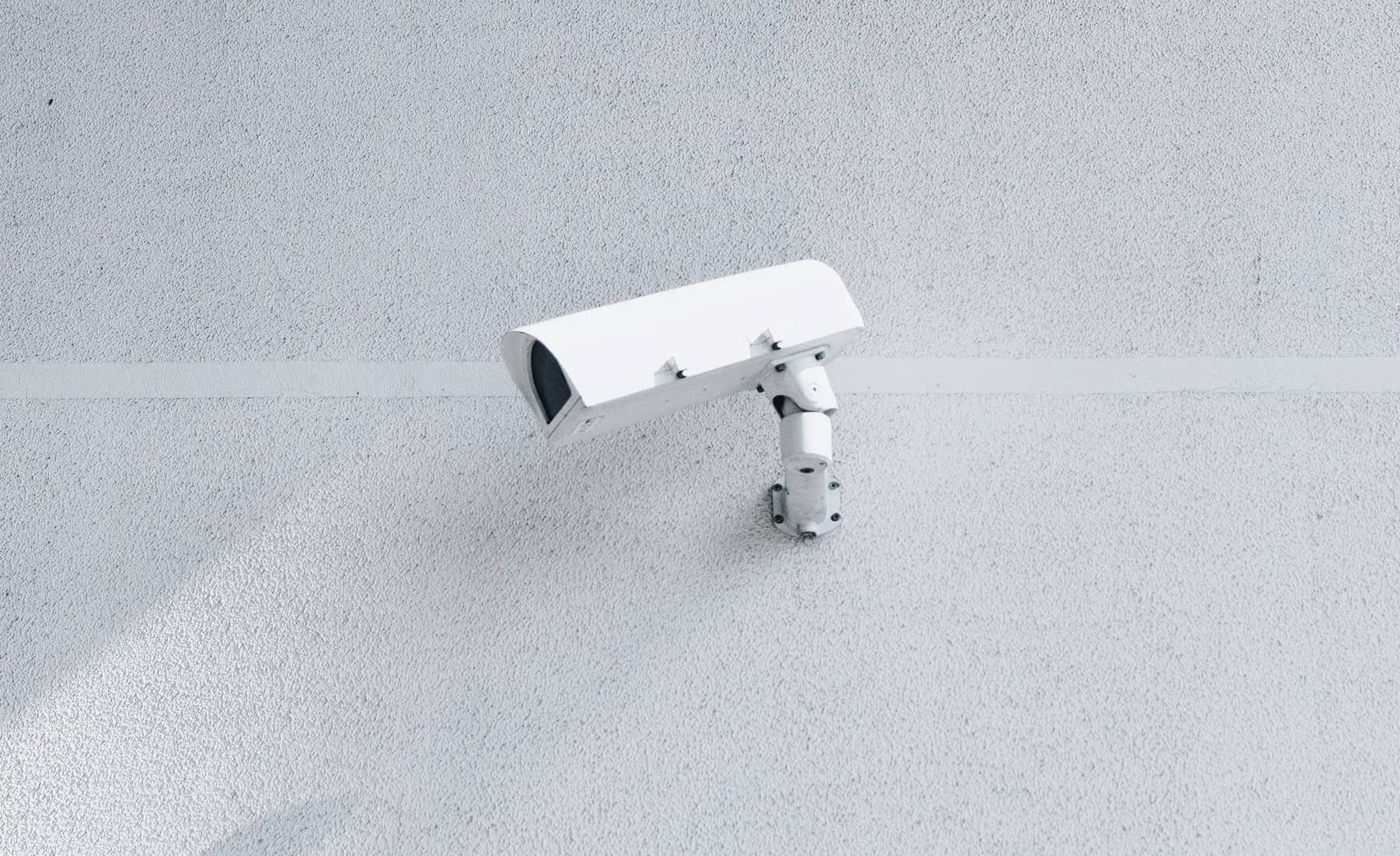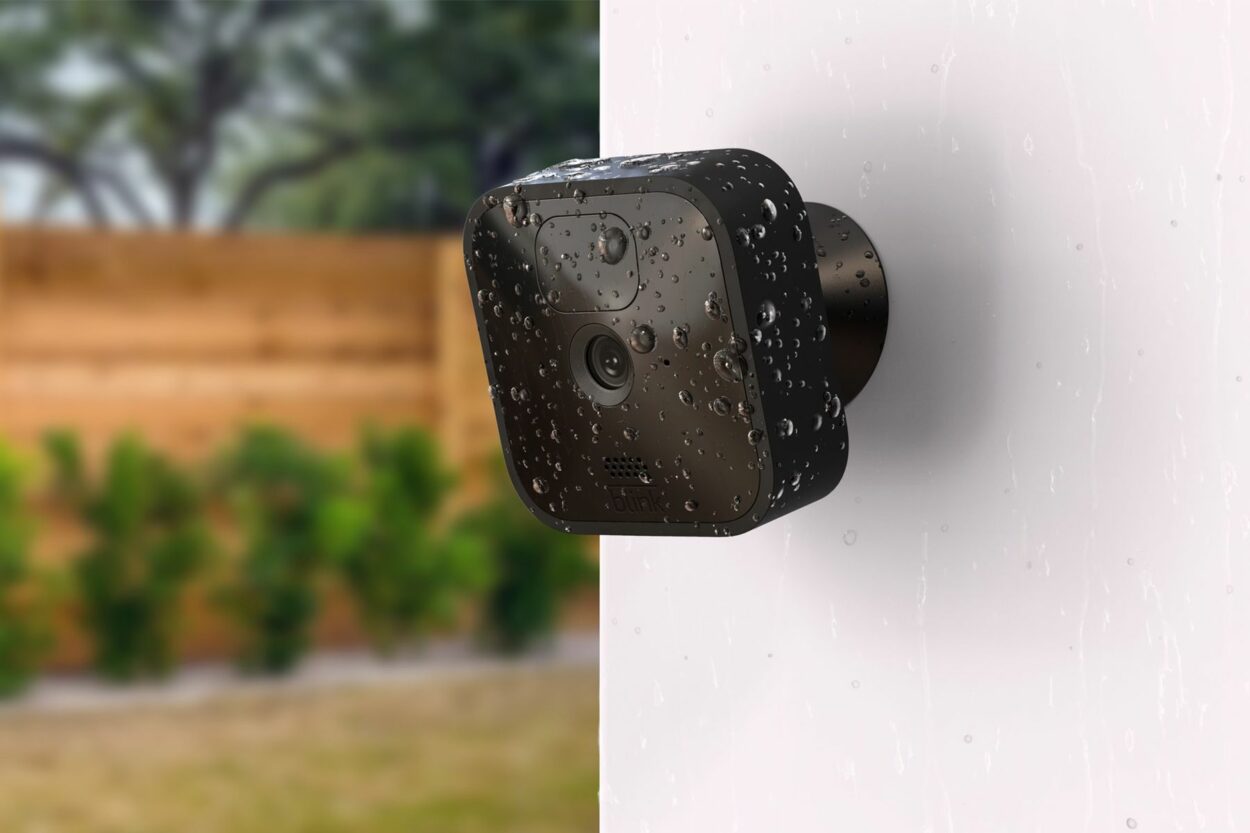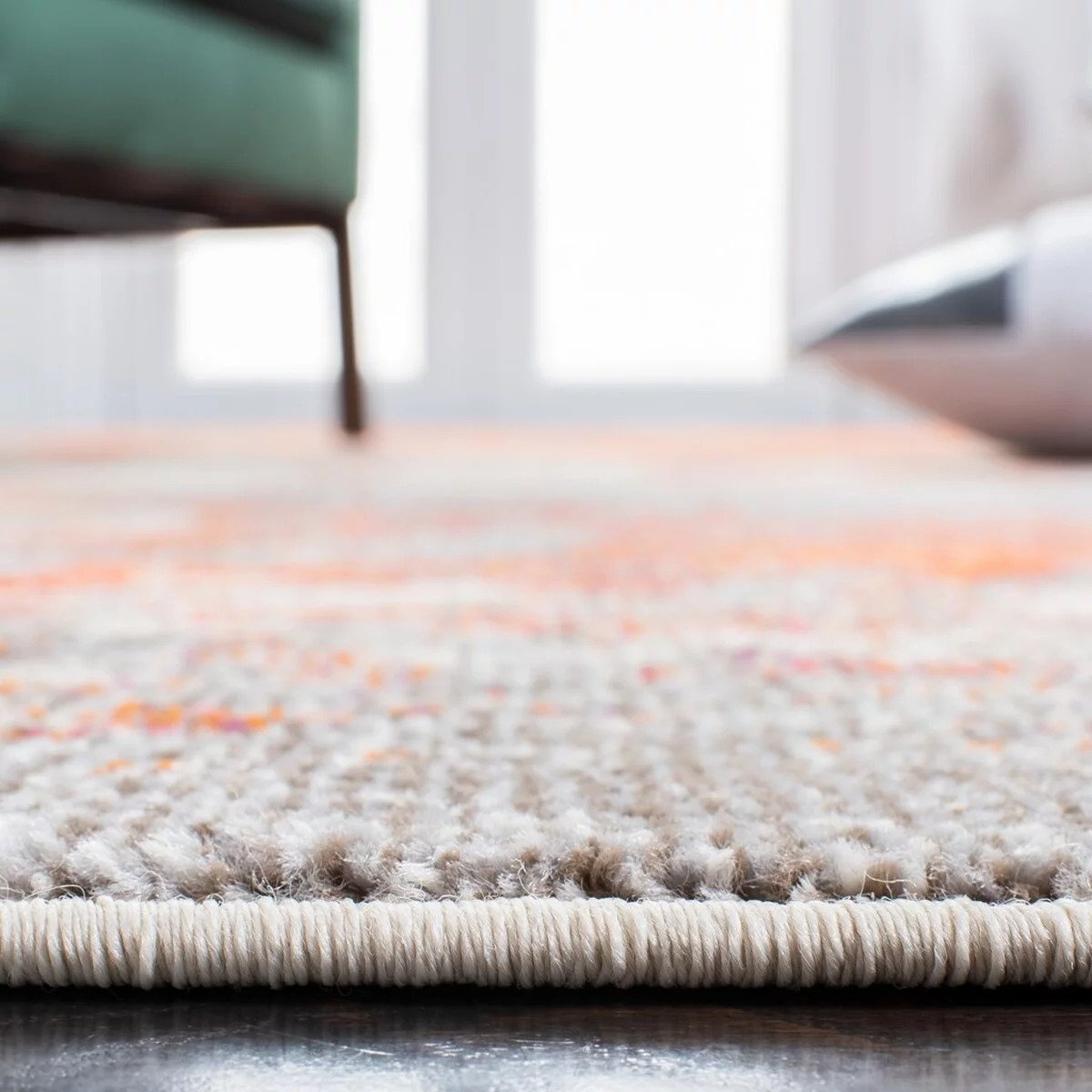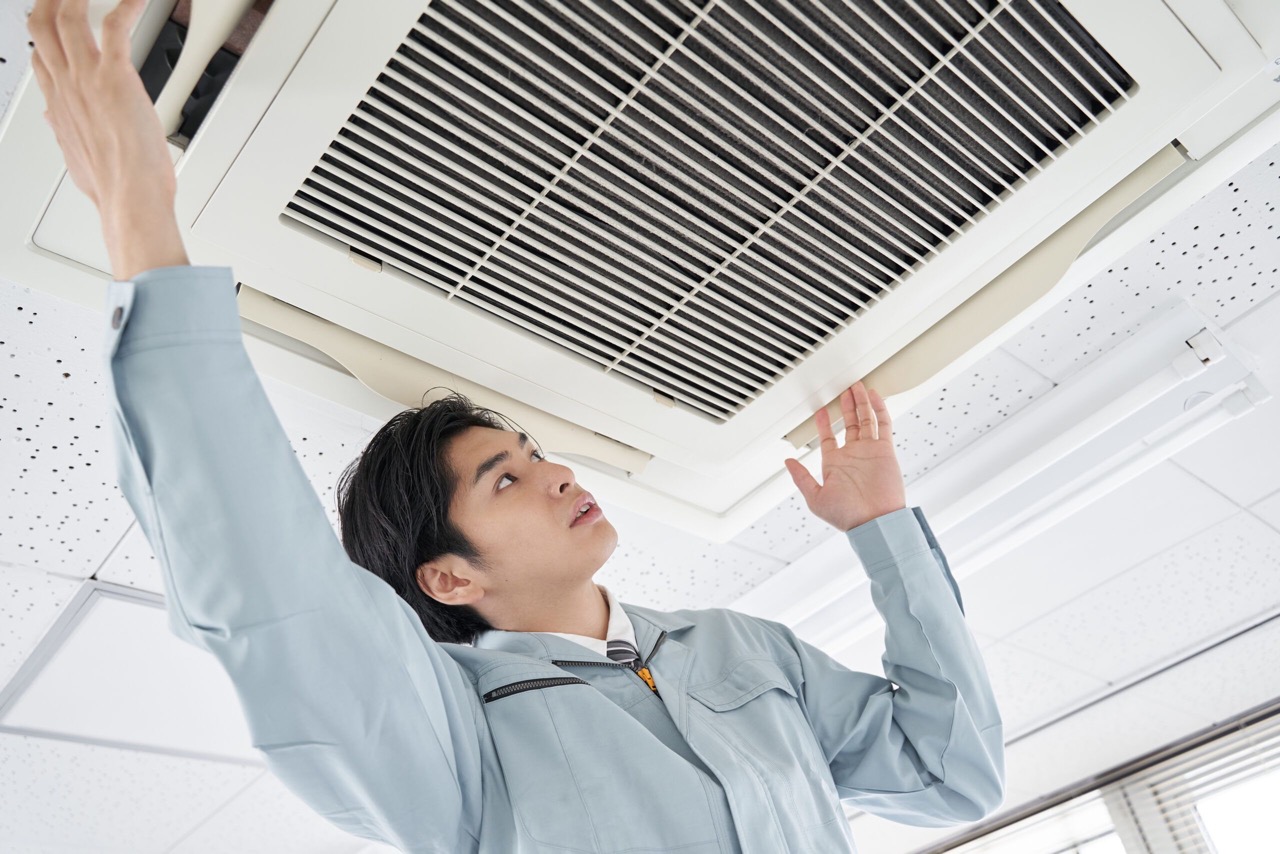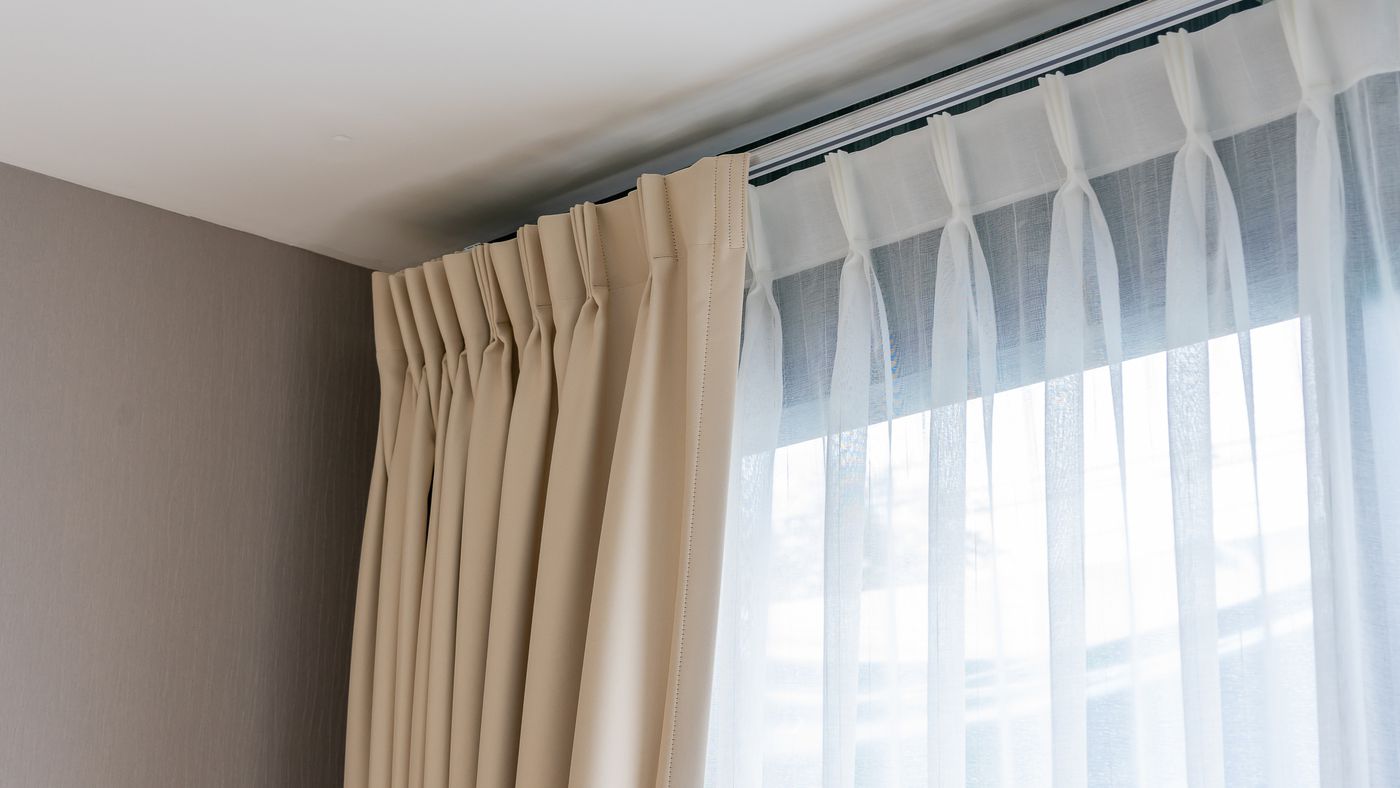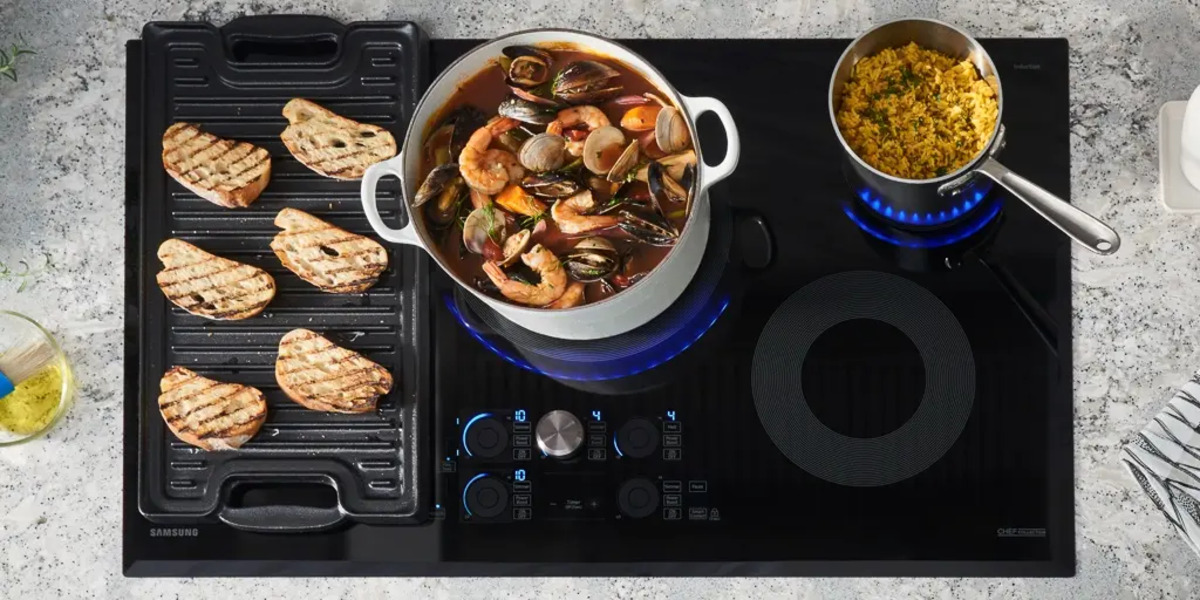Home>Home Security and Surveillance>Why Is Security Camera Quality So Bad
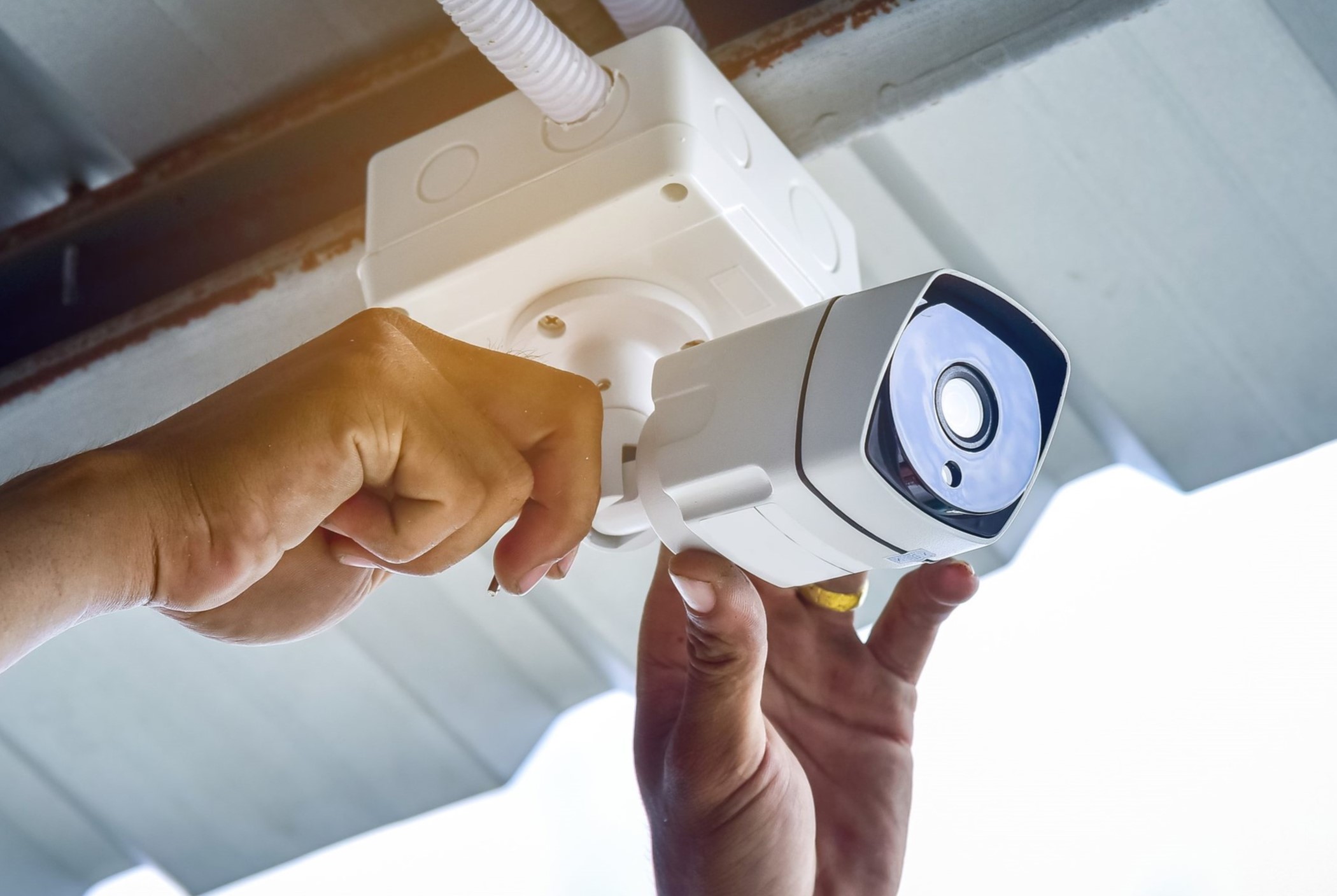

Home Security and Surveillance
Why Is Security Camera Quality So Bad
Modified: October 21, 2024
Discover the reasons behind the poor quality of security cameras and learn how to improve your home security and surveillance with our expert tips.
(Many of the links in this article redirect to a specific reviewed product. Your purchase of these products through affiliate links helps to generate commission for Storables.com, at no extra cost. Learn more)
Introduction
When it comes to home security and surveillance systems, one of the most common complaints is about the poor quality of security camera footage. Many homeowners and businesses invest significant amounts of money in security cameras, hoping to achieve peace of mind and deter crime. However, they are often let down by the lackluster performance of these cameras. But why is security camera quality so bad?
In this article, we will explore the factors that contribute to the poor quality of security camera footage and discuss why it is important to prioritize camera quality. We will also provide actionable steps to improve security camera performance and increase the effectiveness of your surveillance system.
Having a clear understanding of the limitations and issues surrounding security camera quality can help you make informed decisions when selecting and maintaining your surveillance equipment.
So, let’s dive into the world of security camera technology and discover why it often falls short of our expectations.
Key Takeaways:
- Invest in high-quality security cameras with better resolution and field of view to capture clear and detailed footage, enhancing surveillance effectiveness and providing peace of mind.
- Regularly maintain and clean security cameras, optimize settings, and upgrade storage and bandwidth to improve image quality, deter crime, and ensure a safer environment.
Read more: Why Are Security Cameras So Bad
Reasons for Poor Security Camera Quality
There are several factors that contribute to the poor quality of security camera footage. Understanding these reasons can help you make informed decisions when choosing and maintaining your surveillance system:
- Lack of Resolution: One of the main reasons for poor security camera quality is a lack of resolution. Lower resolution cameras produce blurry and pixelated images, making it difficult to identify details such as faces, license plates, or other crucial information. Investing in cameras with higher resolution, such as 1080p or 4K, can significantly improve the clarity and sharpness of the footage.
- Limited Field of View: Another factor that affects security camera quality is the limited field of view. If the cameras have a narrow angle of coverage, they may miss important areas or fail to capture critical events. To overcome this, consider cameras with wider or adjustable fields of view, or strategically position multiple cameras to ensure comprehensive coverage.
- Poor Low Light Performance: Many security incidents occur during low-light conditions, such as at night or in dimly lit areas. If your cameras struggle with low light, the footage may appear grainy, distorted, or even completely black. Look for cameras equipped with advanced low-light technology such as infrared (IR) illuminators or low lux sensors to enhance visibility in challenging lighting conditions.
- Compression and Bandwidth Issues: To conserve storage space and bandwidth, security camera systems often use video compression techniques. However, excessive compression can lead to a loss of image quality. High levels of compression can cause compression artifacts, pixelation, and reduced detail in the footage. It’s important to strike a balance between file size and image quality when configuring compression settings for your cameras.
- Inadequate Installation and Maintenance: Even the highest quality cameras can deliver subpar results if they are not installed correctly or properly maintained. Issues such as incorrect camera positioning, improper focus, or dirty camera lenses can significantly impact image quality. Regular maintenance, including cleaning lenses and checking connections, can help ensure optimal camera performance.
By addressing these issues, you can improve the quality of your security camera footage and enhance the overall effectiveness of your surveillance system. However, it’s important to remember that camera quality is just one piece of the puzzle. Factors like camera placement, lighting conditions, and monitoring capabilities also play a vital role in the success of your home security system.
Lack of Resolution
One of the primary reasons for poor security camera quality is a lack of resolution. Resolution refers to the number of pixels in an image and determines the level of detail that the camera can capture. Cameras with higher resolutions produce clearer and more detailed footage, making it easier to identify objects, faces, and other important details.
When security cameras have low resolutions, the resulting footage can appear blurry, pixelated, and lacking in detail. This can hinder the ability to recognize individuals or discern critical information, such as license plate numbers. In some cases, the footage may be so poor in quality that it becomes practically unusable for investigations or evidence purposes.
To mitigate the issue of low resolution, it is essential to invest in cameras with higher resolution capabilities. The two most common resolutions available in security cameras are 1080p (Full HD) and 4K (Ultra HD). These resolutions offer significantly greater detail and clarity compared to lower-resolution options.
When selecting a security camera with the appropriate resolution, consider the specific requirements of your surveillance needs. If you need to monitor a large area or capture fine details, a higher-resolution camera, such as a 4K camera, would be recommended. On the other hand, if you have a smaller area to monitor or are working within a budget, a 1080p camera may suffice.
It’s important to note that higher resolution cameras also require adequate storage and bandwidth capabilities. The increased pixel count of higher resolution footage translates to larger file sizes. Therefore, ensure that your surveillance system can handle the storage and network requirements of the chosen camera resolution.
By addressing the issue of low resolution and investing in cameras with higher resolutions, you can significantly improve the quality and clarity of your security camera footage. This, in turn, enhances the effectiveness of your surveillance system, providing you with clearer evidence and greater peace of mind.
Limited Field of View
Another common reason for poor security camera quality is the limited field of view. The field of view refers to the area that a camera can capture and monitor. When the field of view is narrow, important areas may be left uncovered, and crucial events may be missed, compromising the effectiveness of the surveillance system.
It is crucial to assess the field of view requirements based on the specific surveillance needs of your property. Factors such as the size and layout of the area to be monitored, the placement of the camera, and the level of detail required all play a role in determining the appropriate field of view.
If the field of view is not wide enough, you may need to consider cameras with a wider angle lens or adjustable fields of view. Wide-angle lenses capture a larger area, allowing you to monitor more space with fewer cameras. Cameras with adjustable fields of view provide the flexibility to zoom in or out, ensuring that you can focus on specific areas of interest when necessary.
In cases where a single camera cannot cover the entire area adequately, it may be necessary to strategically position multiple cameras to ensure comprehensive coverage. By placing cameras strategically, you can eliminate blind spots and maximize the monitoring capabilities of your surveillance system.
Furthermore, consider using overlapping camera views to ensure continuity in monitoring. This prevents any gaps or lapses in coverage and allows for better tracking and recording of events as subjects move from one camera’s field of view to another.
By addressing the issue of limited field of view and ensuring comprehensive coverage, you can enhance the quality and effectiveness of your security camera system. With a wider and more accurate view, you’ll have a better chance of capturing important events and identifying individuals, ultimately increasing the overall security of your property.
Poor Low Light Performance
Poor low light performance is another significant factor that can contribute to the overall poor quality of security camera footage. Many security incidents occur during nighttime or in areas with limited lighting, making it crucial for security cameras to perform well in low light conditions.
When security cameras struggle with low light, the resulting footage can often appear grainy, dark, or even completely black, rendering it useless for identification and analysis. Without adequate visibility, it becomes challenging to discern important details or identify individuals involved in suspicious activities.
To address the issue of poor low light performance, it is essential to invest in cameras equipped with advanced low-light technologies. One common feature is infrared (IR) illuminators, which emit infrared light that is invisible to the human eye but can illuminate the camera’s field of view. This helps capture clearer images even in complete darkness. IR cameras can provide reliable surveillance even in areas where traditional lighting is not available or practical.
Another feature to look for is low lux sensors. These sensors are specifically designed to capture detailed images in low light conditions. They can adjust the camera’s sensitivity to light, allowing it to capture clearer footage even in dimly lit environments.
Proper camera placement is also vital for optimizing low light performance. Position the cameras strategically to take advantage of existing lighting sources, such as street lamps or building lights. Avoid positioning cameras directly facing bright lights, as this can result in unwanted glare or washed-out footage.
Regular maintenance and cleaning of camera lenses are also necessary to ensure optimal low light performance. Dust, dirt, or smudges on the lens can obstruct the camera’s ability to capture clear images, especially in low light. Regularly inspect and clean the lenses to remove any obstructions or debris that may compromise image quality.
By investing in cameras with advanced low light capabilities, considering proper camera placement, and maintaining clean lenses, you can significantly improve the low light performance of your security camera system. This ensures that you have clear and usable footage even in challenging lighting conditions, ultimately enhancing the effectiveness of your surveillance efforts.
Read more: Why Is Home Security So Important
Compression and Bandwidth Issues
Compression and bandwidth issues are significant factors that can lead to poor security camera quality. To conserve storage space and facilitate efficient transmission of video data, security camera systems often utilize video compression techniques. However, excessive compression can result in a loss of image quality and negatively impact the overall clarity of the footage.
When video footage is compressed, the file size is reduced by eliminating redundant information and encoding the remaining data. While compression is necessary to optimize storage and bandwidth usage, overly aggressive compression can lead to various issues:
- Compression Artifacts: Excessive compression can cause compression artifacts, which are visual distortions or anomalies that appear in the footage. These artifacts can manifest as pixelation, blurring, or unusual patterns, diminishing the overall quality and clarity of the image.
- Reduced Detail: High compression levels can result in a loss of detail in the video footage. Fine details such as facial features or small objects may become indistinct and difficult to identify, compromising the ability to recognize individuals or incidents effectively.
- Loss of Dynamic Range: Compression often reduces the dynamic range of the footage, leading to either overexposed or underexposed areas. This can result in the loss of important details, particularly in scenes with significant variations in lighting.
To mitigate compression and bandwidth issues, it is essential to find the right balance between file size and image quality. Adjusting the compression settings of your security cameras can help optimize the balance. This often involves testing and fine-tuning the compression parameters to achieve the desired results.
In addition, consider the network bandwidth capabilities of your surveillance system. Insufficient bandwidth can cause video streams to become congested and result in reduced frame rates or quality. To ensure smooth and high-quality transmission, evaluate your network infrastructure and consider upgrading if necessary.
Regular monitoring and analysis of the video footage can help identify compression-related issues. If compression artifacts or reduced image quality are detected, adjust the compression settings accordingly or explore alternative compression algorithms to improve the visual fidelity of the footage.
By effectively managing compression and bandwidth issues, you can enhance the overall quality of your security camera footage, ensuring that important details are clear and recognizable. This contributes to the effectiveness of your surveillance system, providing you with reliable and actionable information when needed.
When choosing a security camera, look for one with a higher resolution (measured in megapixels) for better image quality. Also consider features like infrared night vision and wide dynamic range for clearer footage in various lighting conditions.
Inadequate Installation and Maintenance
Inadequate installation and maintenance are significant contributors to poor security camera quality. Even high-quality cameras can deliver subpar results if they are not installed correctly or adequately maintained over time. Issues such as improper camera positioning, incorrect focus, or dirty lenses can significantly impact the image quality and overall performance of the cameras.
Proper installation begins with selecting the appropriate locations to mount the cameras. Consider factors such as the desired field of view, potential obstructions or blind spots, and optimal angles for capturing relevant details. Mounting the cameras at the right height and ensuring they are securely fixed is crucial to avoid shaky footage or accidental misalignment.
Focusing the cameras is another critical step in the installation process. Ensure that the cameras are focused correctly to capture clear images and maintain sharpness throughout the field of view. A camera that is out of focus can result in blurry footage, making it difficult to discern important details.
Regular maintenance is also essential to ensure optimal camera performance. Over time, camera lenses can accumulate dust, dirt, or smudges, which can significantly affect image quality, especially in low light conditions. Cleaning the lenses regularly using a soft, lint-free cloth can help remove any obstructions and maintain clear visuals.
Additionally, check the camera housing for any signs of damage or deterioration. Exposure to the elements can cause wear and tear, compromising the camera’s performance. Repair or replace any damaged components to ensure the cameras are protected and functioning correctly.
Moreover, review the camera’s firmware and software regularly to ensure they are up to date. Manufacturers often release firmware updates that address known issues, enhance performance, and improve compatibility. By keeping your cameras up to date with the latest firmware, you can optimize their functionality and address any potential bugs or vulnerabilities.
Regularly monitor the camera feeds to identify any issues with image quality or performance. Conduct test recordings and review the footage to ensure that the cameras are capturing clear and usable video. If any concerns are identified, take the necessary steps to troubleshoot and rectify the problem promptly.
By focusing on proper installation techniques and regular maintenance, you can maximize the quality and effectiveness of your security cameras. This ensures that your surveillance system is operating at its best, providing you with reliable and high-quality footage for your security needs.
Impact on Surveillance Effectiveness
The poor quality of security camera footage has a profound impact on the overall effectiveness of a surveillance system. When the quality is compromised, it not only reduces the ability to identify and apprehend potential perpetrators but also undermines the purpose of having a security system in place. Here are some key impacts of poor security camera quality:
Limited Clarity and Detail: Subpar camera quality leads to footage with limited clarity and detail. Blurry or pixelated images make it challenging to identify critical details, such as faces, license plates, or specific actions. This hampers the investigation process and hinders the ability to gather evidence effectively.
Reduced Deterrence: The primary purpose of a surveillance system is to deter potential criminals from engaging in unlawful activities. However, when the quality of the camera footage is poor, it diminishes the deterrence factor. Criminals may not perceive the threat of being caught on camera as significant, reducing the system’s effectiveness as a deterrent.
Increased False Alarms: Poor camera quality can lead to an increased number of false alarms. Blurry or unclear footage can trigger false motion detection alerts, resulting in unnecessary inconvenience and wasted resources for security personnel or emergency responders. This can cause desensitization to alarms and delays in responding to genuine threats.
Impaired Identification: Security camera footage serves as crucial evidence during investigations and legal proceedings. However, if the quality is inadequate, it becomes challenging to positively identify individuals involved in criminal activities. This can lead to a lack of accountability and potentially allow the perpetrators to evade justice.
Inefficient Monitoring: Surveillance systems rely on effective monitoring to detect and respond to security incidents promptly. However, when the camera quality is poor, monitoring becomes inefficient. Security personnel may struggle to interpret unclear footage in real-time, causing delays in identifying and addressing potential threats, compromising the overall effectiveness of the surveillance system.
Increased Vulnerability: Poor camera quality leaves vulnerabilities in the security infrastructure. Criminals can exploit these weaknesses, taking advantage of the system’s limitations to carry out their activities undetected. This jeopardizes the safety and security of the premises, increasing the risk of theft, vandalism, or other criminal actions.
To mitigate these impacts and enhance the surveillance effectiveness, it is crucial to invest in high-quality security cameras, prioritize camera placement and field of view, ensure proper installation and maintenance, and regularly assess and optimize camera settings. By focusing on improving camera quality, you can enhance the overall effectiveness and reliability of your surveillance system, increasing its ability to deter, detect, and respond to security threats effectively.
Consequences of Poor Security Camera Quality
There are several significant consequences that arise from poor security camera quality. These consequences can have a detrimental impact on both residential and commercial security systems:
Reduced Deterrence: Security cameras are effective deterrents for potential criminals. However, when the quality of the camera footage is poor, their deterrence factor diminishes. Criminals may not be deterred from engaging in illegal activities if they believe they can avoid detection due to blurry or pixelated footage. This increases the risk of security breaches and criminal incidents.
Compromised Investigations: In the event of a security incident, clear and high-quality camera footage is crucial for investigations. Poor camera quality hinders the ability to identify individuals, gather evidence, and build a strong case. Investigators may struggle to discern important details, potentially leading to unresolved cases or difficulty prosecuting offenders.
Increased Vulnerability: Poor security camera quality can leave properties more vulnerable to various security risks. Criminals may take advantage of the inadequate footage to exploit weaknesses in the security system. This can lead to increased incidents of theft, vandalism, or unauthorized access, causing financial losses and jeopardizing the safety of individuals and assets.
False Sense of Security: Installing security cameras provides a sense of security for homeowners and businesses. However, poor camera quality can create a false sense of security. If the footage is not clear or reliable, individuals may believe they are adequately protected when, in reality, they are more susceptible to security breaches. This can result in a lack of proper security measures, leaving them vulnerable to potential risks.
Missed Opportunities: Poor camera quality can lead to missed opportunities for timely intervention. In the case of suspicious activities or security breaches, it is crucial to capture clear footage that allows for immediate response. However, if the camera quality is inadequate, security personnel may not be able to detect incidents promptly, reducing their ability to take necessary action and prevent further damage.
Negative Reputation: For businesses that rely on security cameras to protect their premises, poor camera quality can harm their reputation. Customers and clients may view the inadequate security measures negatively, questioning the company’s commitment to safety. This can lead to a loss of trust and potential business opportunities.
It is vital to address poor security camera quality promptly to mitigate these consequences. By investing in high-quality cameras, ensuring proper installation and maintenance, and regularly evaluating and optimizing camera settings, you can enhance the effectiveness of your security system. This not only protects your property and assets but also provides peace of mind and confidence in the surveillance measures in place.
Read more: Why Does Dead Grass Smell So Bad
Steps to Improve Security Camera Quality
If you are experiencing poor security camera quality, there are several steps you can take to improve the performance and enhance the overall quality of your surveillance system:
- Invest in High-Quality Cameras: Start by investing in high-quality cameras that offer superior resolution and image clarity. Look for cameras with higher resolutions, such as 1080p or 4K, to capture finer details and improve image quality.
- Optimize Camera Placement: Proper camera placement is crucial for maximizing the effectiveness of your security system. Ensure cameras are positioned strategically to cover critical areas and minimize blind spots. Consider the field of view and adjust camera angles to capture the desired coverage.
- Adjust Camera Settings: Take the time to review and optimize camera settings for optimal image quality. Adjust parameters like exposure, white balance, and sharpness to ensure clear and balanced footage. Experiment with different settings to find the best configuration for your specific environment.
- Consider Lighting Conditions: Address lighting conditions to improve camera performance. Install additional lighting or consider cameras with built-in infrared (IR) capabilities for better visibility in low light situations. Adjust the positioning of existing lighting to minimize glare or shadows that can impact image quality.
- Maintain and Clean the Cameras: Regular maintenance is crucial for ensuring the longevity and optimal performance of security cameras. Clean camera lenses periodically to remove dust, dirt, or smudges that can impair image quality. Check for any signs of damage or deterioration and repair or replace as necessary.
- Upgrade Storage and Bandwidth: Adequate storage and bandwidth are essential for handling high-quality video footage. Assess your storage and network infrastructure to ensure it can accommodate the increased data of higher-resolution cameras. Consider upgrading storage devices and network capabilities if necessary.
- Regularly Update Firmware: Keeping camera firmware up to date is essential to optimize performance and address any known issues or vulnerabilities. Check for firmware updates from the camera manufacturer and follow proper procedures to update the firmware regularly.
- Monitor and Test Camera Performance: Regularly monitor and test camera performance to ensure they are capturing clear and reliable footage. Conduct test recordings and review the footage to identify any issues or areas for improvement. Make necessary adjustments to camera settings or positioning as needed.
- Consult with Professionals: If you are unsure about how to improve camera quality, consider consulting with security professionals or technicians. They can offer expert advice and assist with optimizing camera settings, addressing installation issues, or recommending appropriate upgrades for your specific needs.
By following these steps, you can significantly improve the quality of your security camera footage and enhance the overall effectiveness of your surveillance system. Clear and high-quality video can provide valuable evidence, better deter potential threats, and ensure a safer and more secure environment for your property and assets.
Conclusion
Poor security camera quality can greatly hinder the effectiveness of a surveillance system, compromising its ability to deter crime, capture crucial details, and provide reliable evidence. However, by understanding the reasons behind the lackluster performance and taking proactive steps to address them, you can significantly improve the quality of your security camera footage.
Investing in high-quality cameras with adequate resolution and field of view is a crucial first step. Cameras that can capture clear and detailed images provide the foundation for a reliable surveillance system. Additionally, addressing low light performance through the use of infrared technology or low lux sensors can enhance visibility in challenging lighting conditions.
Managing compression and bandwidth issues is essential to maintain the balance between image quality and storage space. By optimizing compression settings and ensuring sufficient network bandwidth, you can maximize the visual fidelity of the footage without compromising efficiency.
Proper camera installation and maintenance are also paramount to ensuring optimal performance. By positioning cameras strategically, focusing them correctly, and regularly cleaning lenses, you can overcome common installation and maintenance-related issues that can significantly impact camera quality.
Poor security camera quality has various consequences, including reduced deterrence, compromised investigations, and increased vulnerability. By improving camera quality, you can mitigate these consequences and create a more secure environment for your property, assets, and loved ones.
Remember to regularly evaluate and optimize camera settings, upgrade storage and bandwidth capabilities as needed, and stay up to date with firmware updates to ensure you benefit from the latest advancements in security camera technology.
By following these steps, you can enhance the effectiveness of your security camera system, improve surveillance outcomes, and increase peace of mind. Clear and high-quality footage not only aids in investigations but also acts as a strong deterrent, helping to prevent security incidents and promoting a safer environment.
Frequently Asked Questions about Why Is Security Camera Quality So Bad
Was this page helpful?
At Storables.com, we guarantee accurate and reliable information. Our content, validated by Expert Board Contributors, is crafted following stringent Editorial Policies. We're committed to providing you with well-researched, expert-backed insights for all your informational needs.
